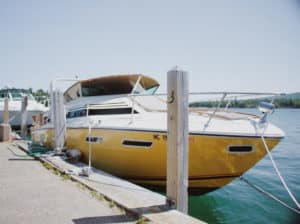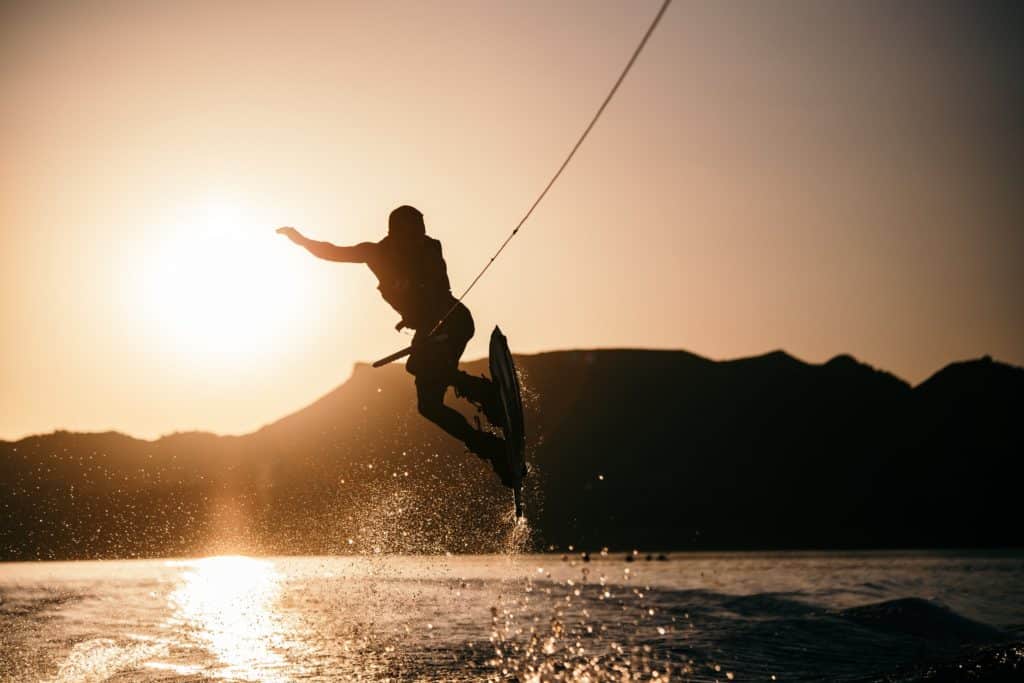
Watersports towropes may seem like a one-type-works-for-all-activities solution, but the demands of each watersport — and the properties of various rope types — make some towropes far better for the task than others. Here’s what to look for in your next towrope.
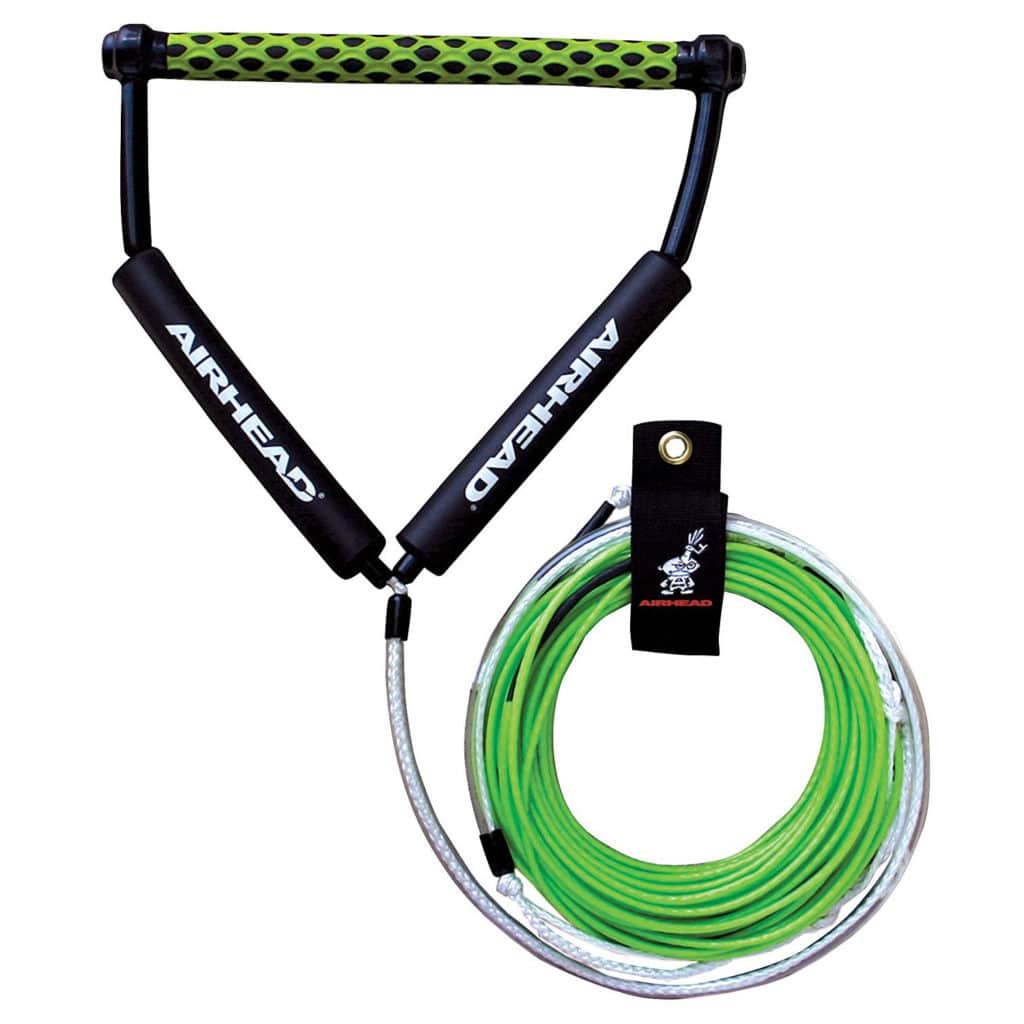
Water skiers will benefit from the slight stretch of polypropylene, as that stretch will provide give as skiers cross the wake or advanced slalom (single-ski) enthusiasts carve spray-producing turns. Wakeboarders, on the other hand, want the virtually non-existent stretch of polyethylene or Spectra fiber as they rely on creating rope tension as they launch off wakes and perform mid-air tricks.
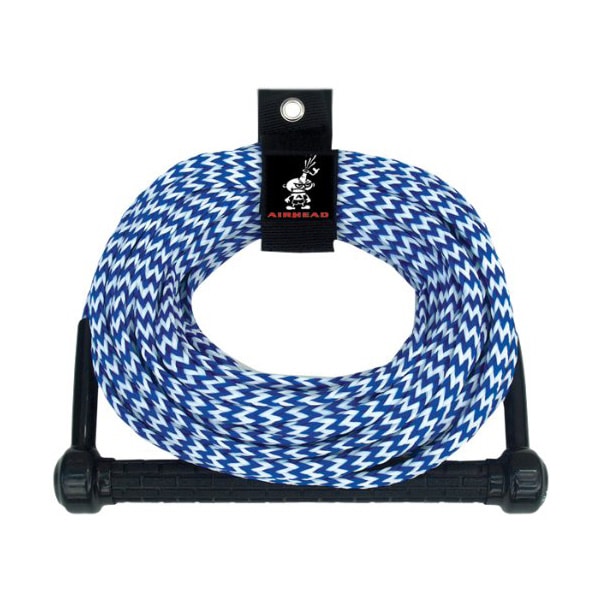
If you’re skiing or boarding, a handle that matches your activity will also prove safer and more beneficial when it comes to advancing your skills. Water ski handles are typically narrower (11” – 12”), whereas wakeboard handles are wider (13” – 15”). Skiers don’t want to risk a hand going through the towrope handle in a forward fall, whereas wakeboarders need the added real estate to make the handle easier to pass (and grab) behind the back during spin tricks.
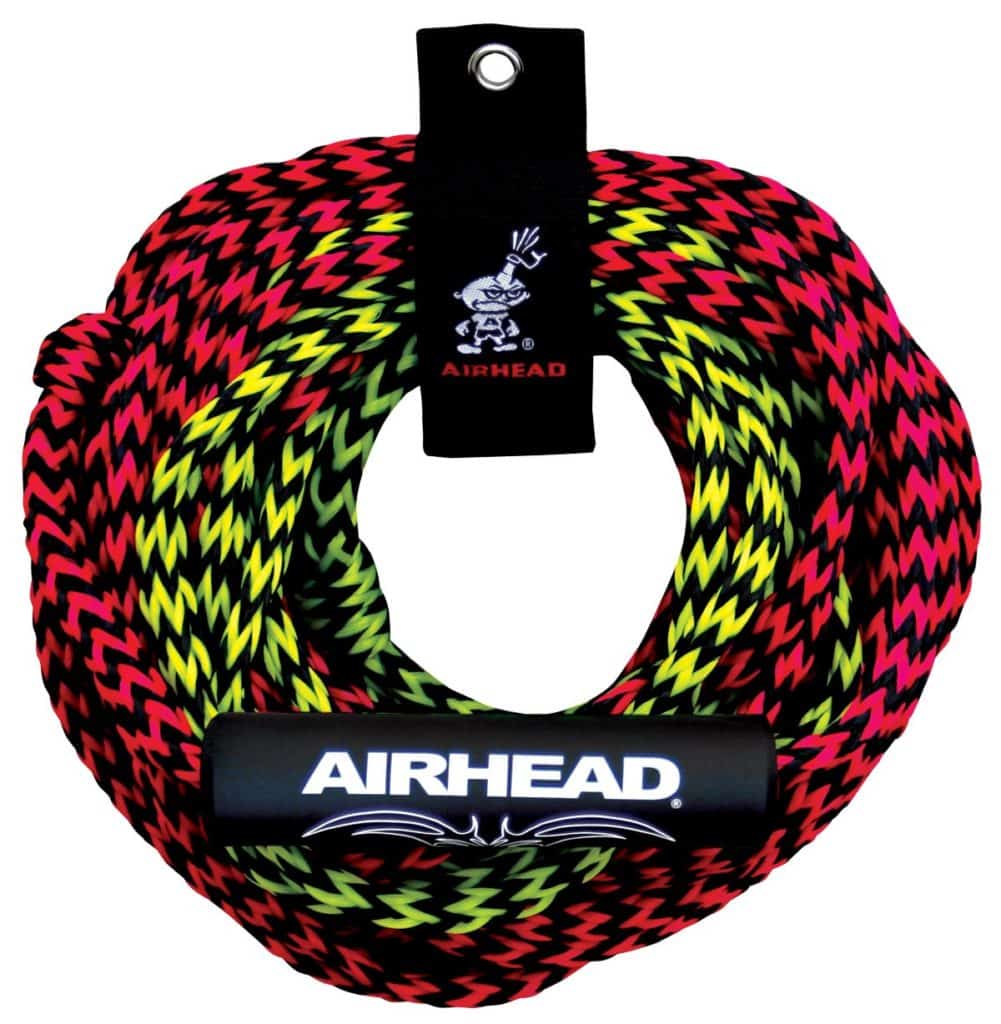
Don’t be tempted to use a standard watersports towrope for towing an inflatable. Inflatables, especially multi-passenger models, create far too great a load necessitating a greater diameter rope with superior breaking strength. The Water Sports Industry Association suggests a breaking strength of 1,500 pounds when pulling a single rider, 2,375 pounds for two passengers, and 3,350 pounds for three.




